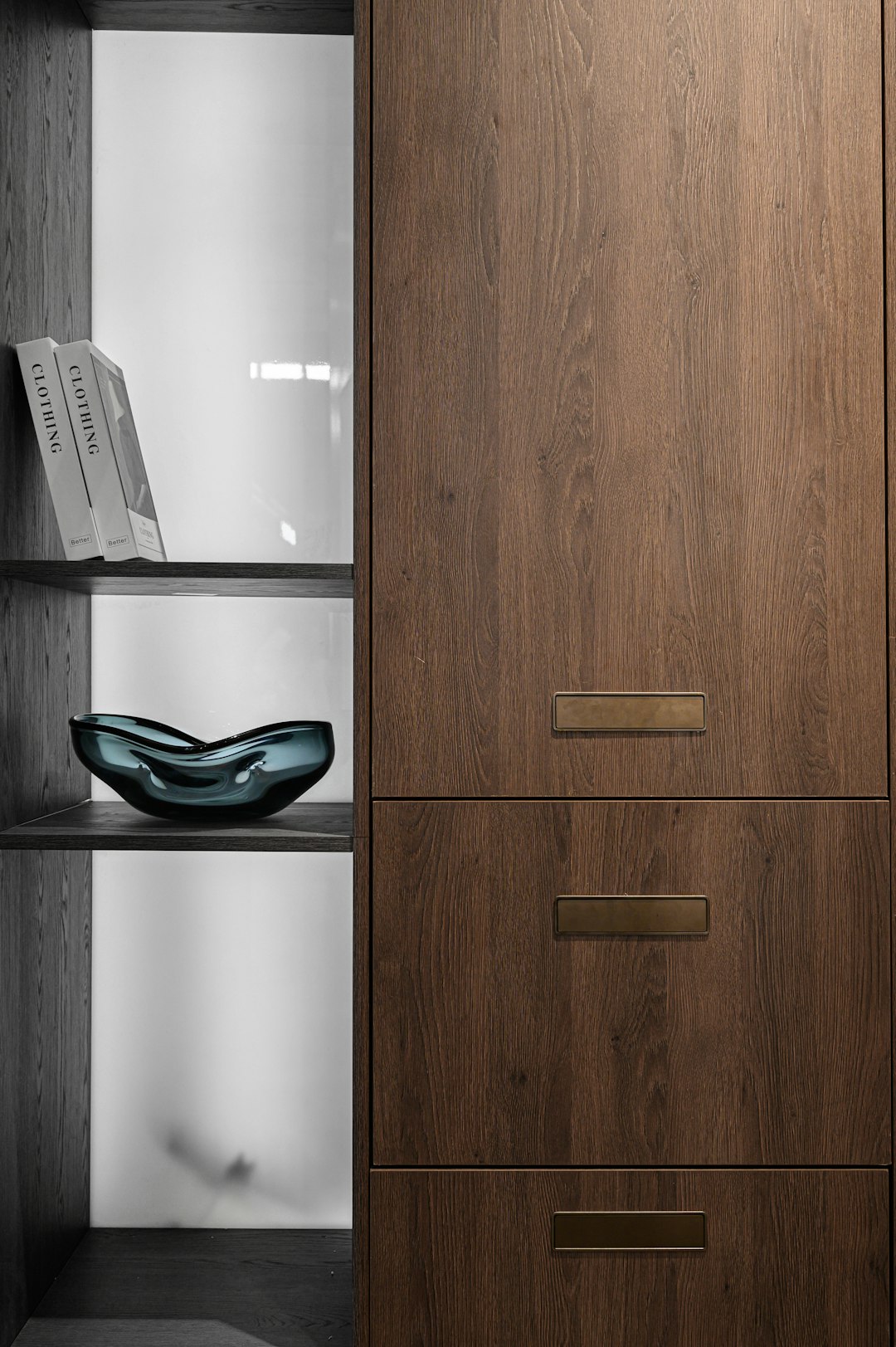The role of lighting in churches goes beyond mere illumination; it plays a crucial part in creating an atmosphere conducive to worship, reflection, and community gathering. A well-designed lighting scheme can enhance architectural features, highlight artistic elements, and support the liturgical needs of the congregation. Understanding the nuances of church lighting is essential for anyone involved in the design or refurbishment of these sacred spaces.
Churches have historically been places of architectural grandeur and artistic expression. The interplay of light and shadow has always been a key factor in the design of these buildings. Natural light streaming through stained glass windows can create a kaleidoscope of colours, adding a dynamic element to the interior. However, relying solely on natural light is often impractical, especially for evening services or events. This is where artificial lighting comes into play, offering flexibility and control.
A successful church lighting design should aim to complement the building’s architecture while meeting the practical needs of the congregation. This involves striking a balance between ambient, task, and accent lighting. Ambient lighting provides general illumination, ensuring that the space is well-lit without being overpowering. Task lighting is more focused, often used to illuminate specific areas such as the altar, lectern, or choir. Accent lighting, on the other hand, can be used to highlight architectural details or artwork, adding depth and interest to the space.
When considering church lighting, it is important to think about the different activities that take place within the church. Services, concerts, weddings, and community events all have different lighting requirements. A flexible lighting system that can be adjusted to suit various occasions is essential. Modern lighting technology offers solutions such as dimmable lights and programmable systems, which can be customised to create the desired ambience for any event.
The choice of lighting fixtures is another important consideration. Many churches opt for fixtures that blend seamlessly with the existing architecture, maintaining the aesthetic integrity of the space. However, contemporary designs can also be used to add a modern touch to traditional settings, provided they are chosen with care. Energy efficiency is another factor to bear in mind. LED lighting has become a popular choice due to its long lifespan and low energy consumption, making it both an economical and environmentally friendly option.
For those embarking on a church lighting project, professional guidance can be invaluable. Consulting with experts who specialise in lighting design can help ensure that the final result is both functional and beautiful. Companies that offer comprehensive lighting services, such as this provider, can assist with everything from design planning to installation, ensuring that the unique needs of the church are met.
In conclusion, church lighting is an art as much as it is a science. It requires a thoughtful approach to create a space that is both inspiring and functional. By considering the architectural features, the needs of the congregation, and the benefits of modern lighting technology, it is possible to design a lighting scheme that enhances the worship experience and serves the community well.







